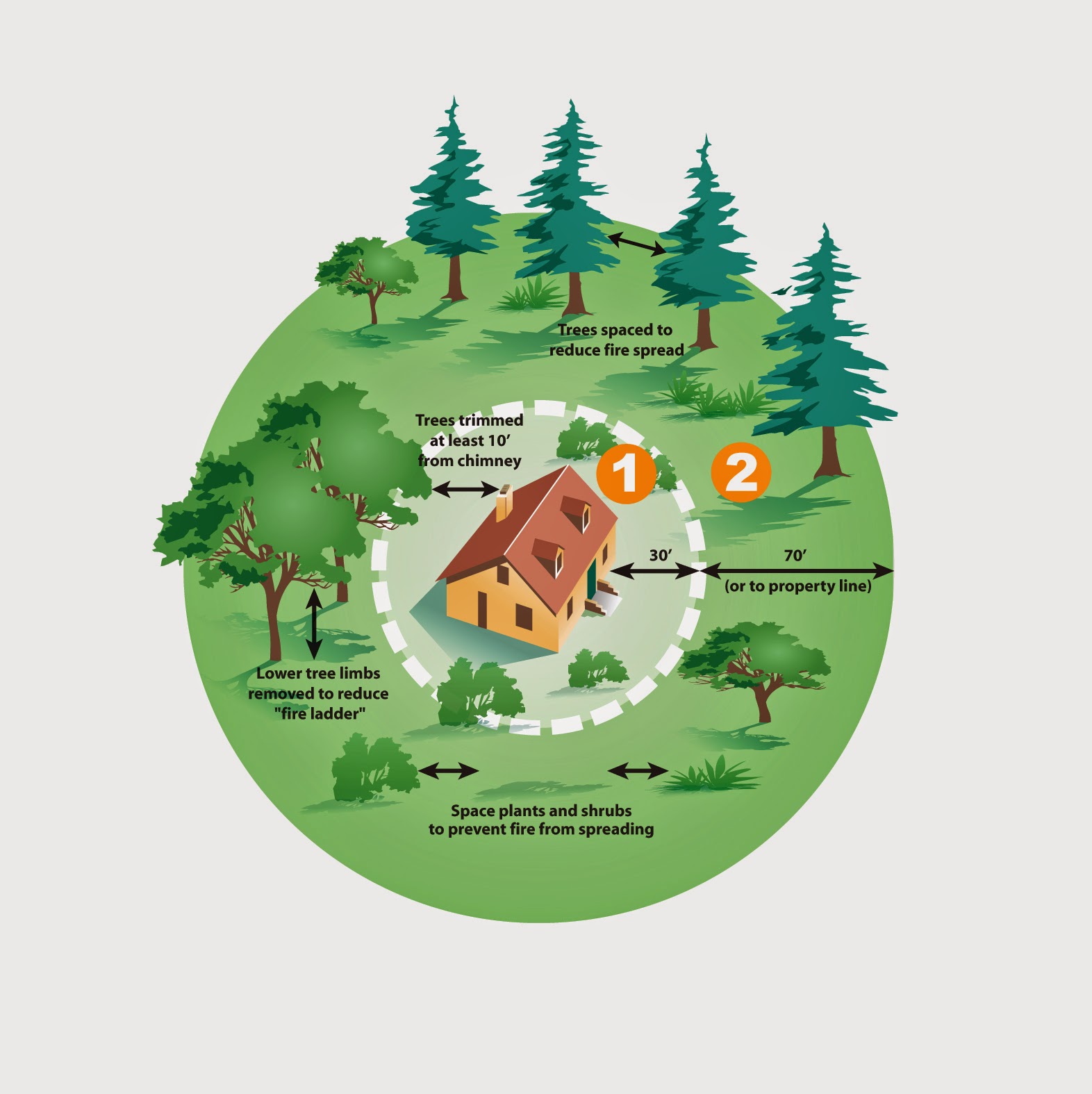I was reading an article about the rose-ringed parakeet which is taking over parts of Britian. The parakeets escaped or were intentionally released from cages and have survived and begun to thrive. "So what does this have to do with a gardening blog?", you might ask. I saw this one statement speculating about why they are procreating at such a phenominal rate:
"Is it that gardeners are planting more exotic ornamental plants, effectively providing imported food to match an imported bird species?"
So speculate on that, dear gardener. Another argument for native species!
Heres the whole article.
Tuesday, May 24, 2011
Saturday, May 21, 2011
Herbacious Perennial Trials by Carol King
 |
| Joe Pye Weed Photo Courtesy of Iowa State University |
Check here for the list.
Superior Herbacious Perennials for the High Plains
Thursday, May 19, 2011
Spring Lawn Care by Carol King
Tony Koski, Ph.D. Extension Turf Specialist and Professor – Colorado State University, gives us this advice on lawn care:
- Proper watering can promote a deeply rooted, healthier turf.
- Let grass species and health, soil conditions, and weather conditions dictate irrigation practices, not the number of days between waterings.
- Mow bluegrass, ryegrass, fescue and wheatgrass to a height of 2 to 3 inches. Buffalo-grass and blue grama lawns can be mowed to this height, but also do well unmowed.
- Core cultivation is essential for all lawn areas, especially those that are thatchy or subject to high traffic.
Friday, May 13, 2011
Jiminy Cricket! by Elaine Lockey
If you are one of the many of us who are torn between the childhood image of the adorable Walt Disney character of Jiminy Cricket and the not so handsome black bug sitting next to your toilet, you are not alone. I’ve suffered from trying to reconcile these two images for years now. I just can’t bring myself to harm crickets, I don’t care where they might be in my house.
Field crickets that are commonly found in homes don’t really want to be hanging out in our bathroom. But, they got lost somewhere along the way and would love to be escorted outside as they might have come in through a small crack due to bad weather or in search of food and can’t get back out. There are two main kinds commonly found to our dismay in our house that are both black and very similar but with different life cycles. Both are the genus Gryllus spp. and both sing.
Tuesday, May 10, 2011
Planting a Butterfly Garden by Stan Ames
 |
A Vanessa atalanta a.k.a. “Red Admiral”on a Purple Coneflower |
Before you invest you time and money in constructing a butterfly garden it is important to know what butterflies are common to your area. Identification of your guest is very important, as each butterfly has preferences for their “Caterpillar Host Plants” and their favorite flowers for a nectar source.
Attracting butterflies then becomes relatively easy. In addition to a place for their eggs and a good source of nectar, butterflies like flowers for some of the same reasons that we do, bright colors with sweet fragrance.
Labels:
General Garden Projects,
Landscaping,
Perennials,
Stan Ames,
Wildlife
Tuesday, May 3, 2011
Use Caution When Pulling Myrtle Spurge By Joyce D’Agostino
For the most part, weeds in our landscape are harmless and are just an annoyance that cause us a lot of work in pulling and removing. There is one weed however that can be found in our local landscapes that requires some caution.
Myrtle Spurge (Euphorbia myrsinites) is considered a Class A noxious weed and can be found throughout the state. It must be eradicated. It is a violation of the Noxious Weed law to grow this plant.
This information produced by Jefferson County has a good summary and pictures of this weed: http://www.co.jefferson.co.us/jeffco/weed_uploads/myrtspur.pdf
As you weed this spring, keep an eye out for Myrtle Spurge in your garden. The issue with this particular weed is that is produces a milky sap that can cause burns to skin. Use gloves to pull it, don’t touch your eyes or skin and dispose of it carefully.
Sunday, May 1, 2011
Vinca Minor, Free And Easy by Caroline Reardon
Do you have a shady spot in your yard that needs ground cover to hold back the erosion or to just cover a bare spot? If you or a friend are lucky enough to have a mat of thriving Vinca minor, you can easily propagate enough starts at home to solve your problem and save money to buy those spectacular plants you dreamed about over the winter.
Vinca minor, also known as periwinkle or creeping myrtle, propagates itself by putting out runners that take root in the soil, much as a strawberry plant does. You can use these runners to create healthy starts for those bare places in your yard. They will spread more quickly in areas that receive more water, and grow well in partial sun to full shade. An extra bonus‚this perennial remains evergreen throughout the winter.
Vinca minor, also known as periwinkle or creeping myrtle, propagates itself by putting out runners that take root in the soil, much as a strawberry plant does. You can use these runners to create healthy starts for those bare places in your yard. They will spread more quickly in areas that receive more water, and grow well in partial sun to full shade. An extra bonus‚this perennial remains evergreen throughout the winter.
Subscribe to:
Posts (Atom)








